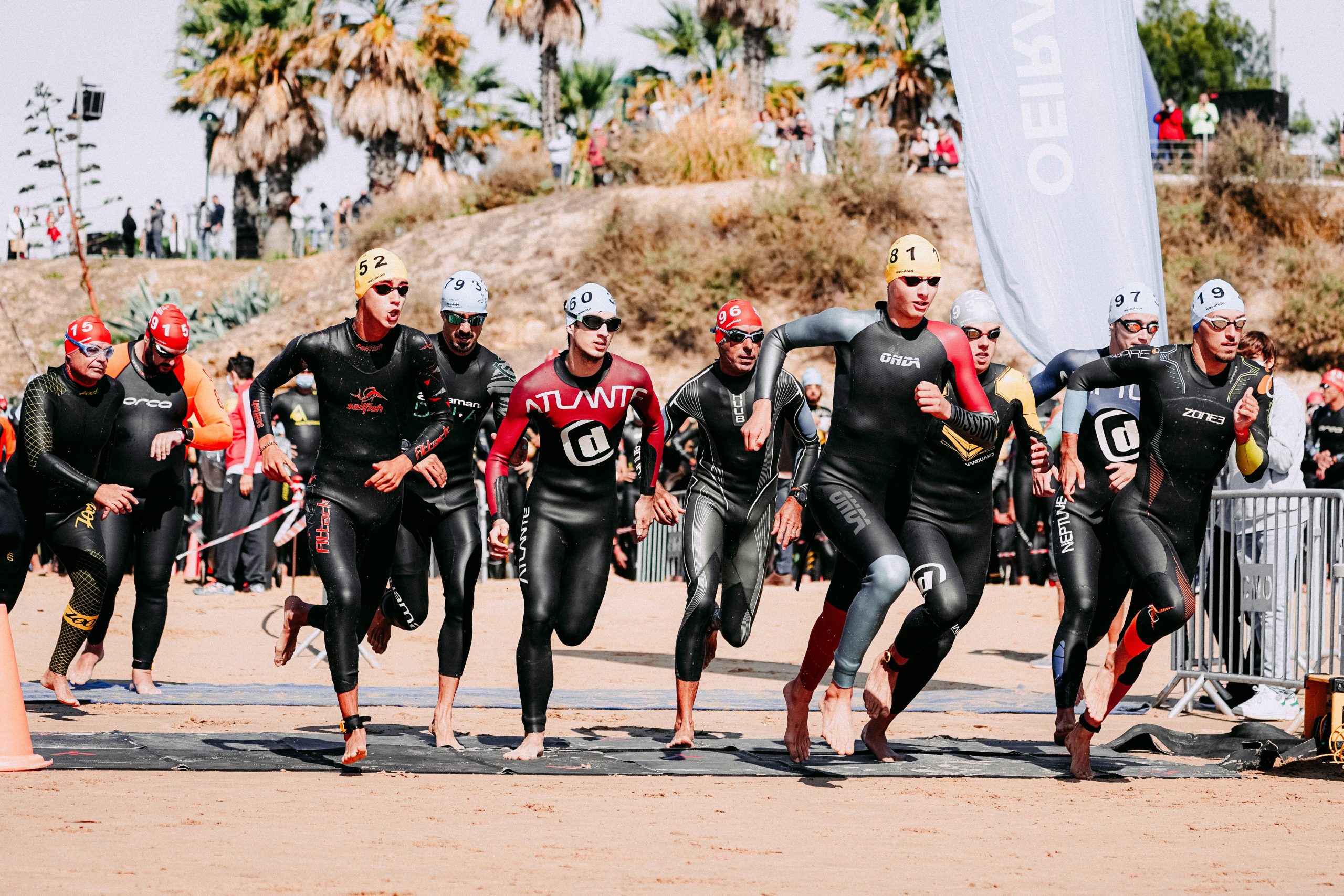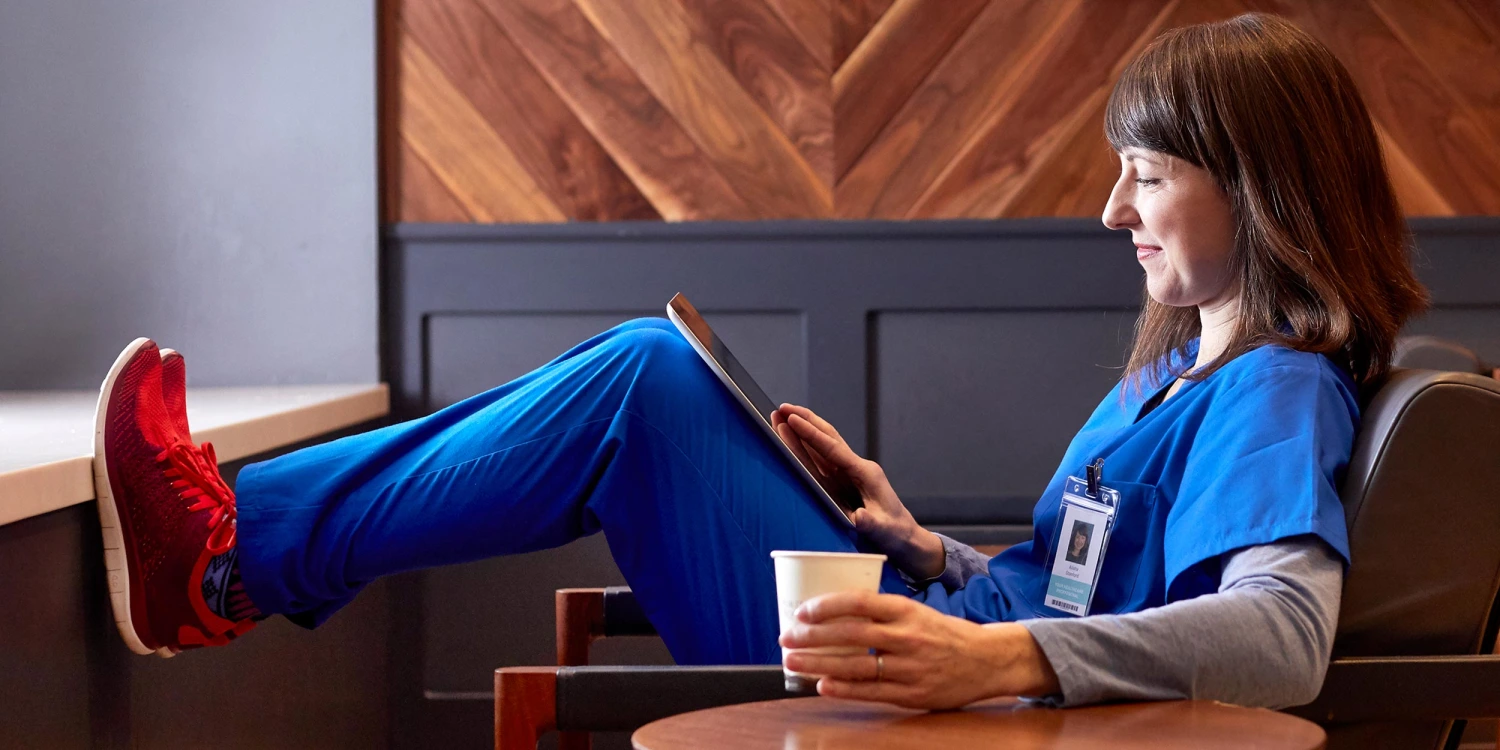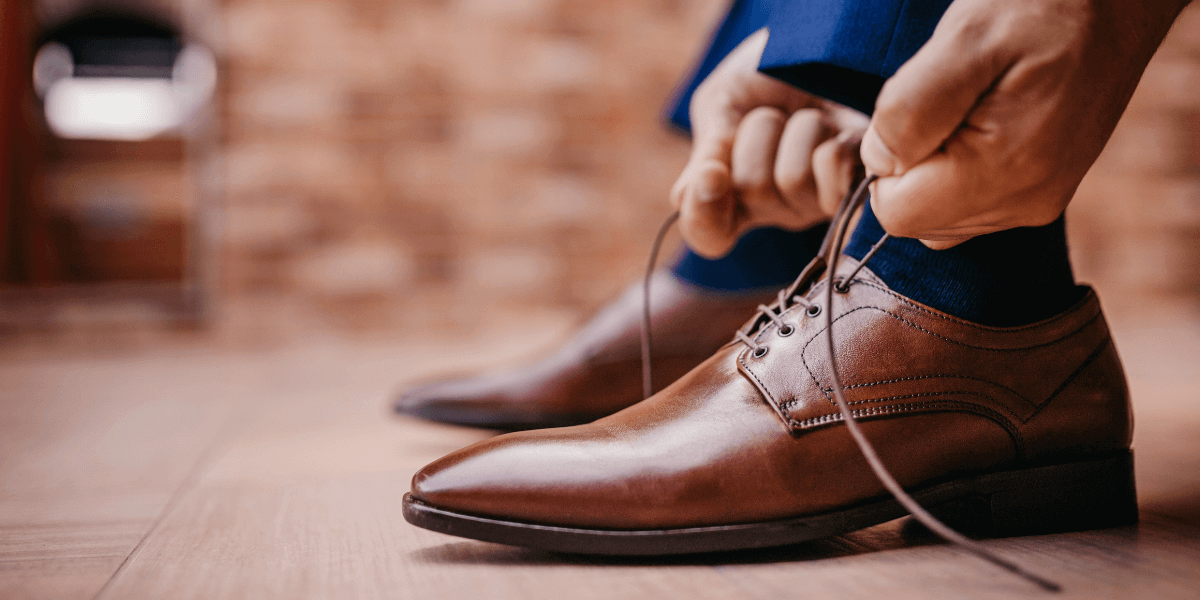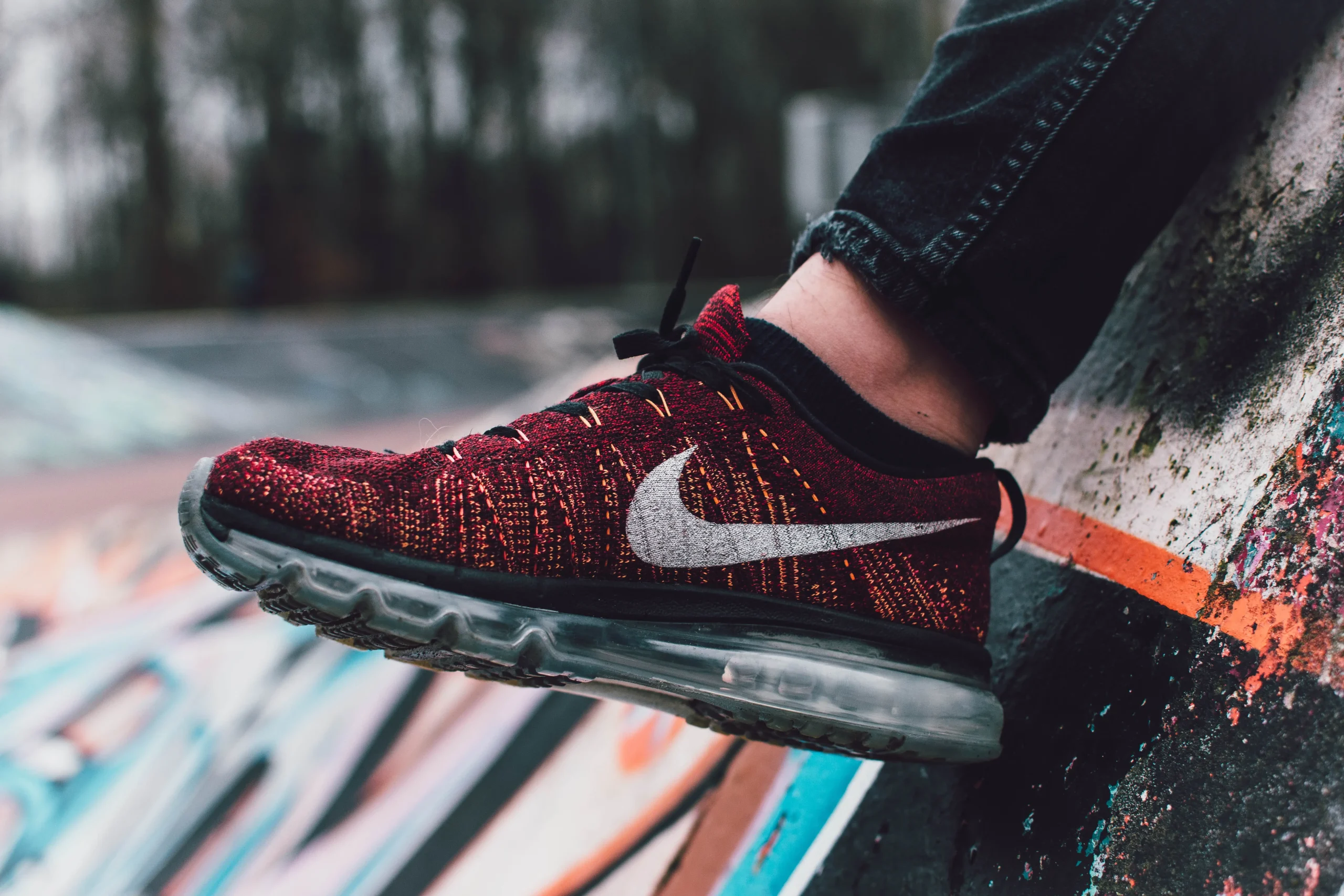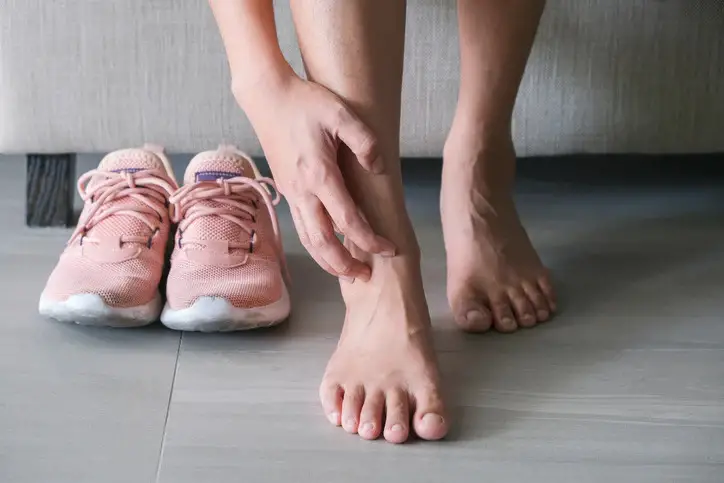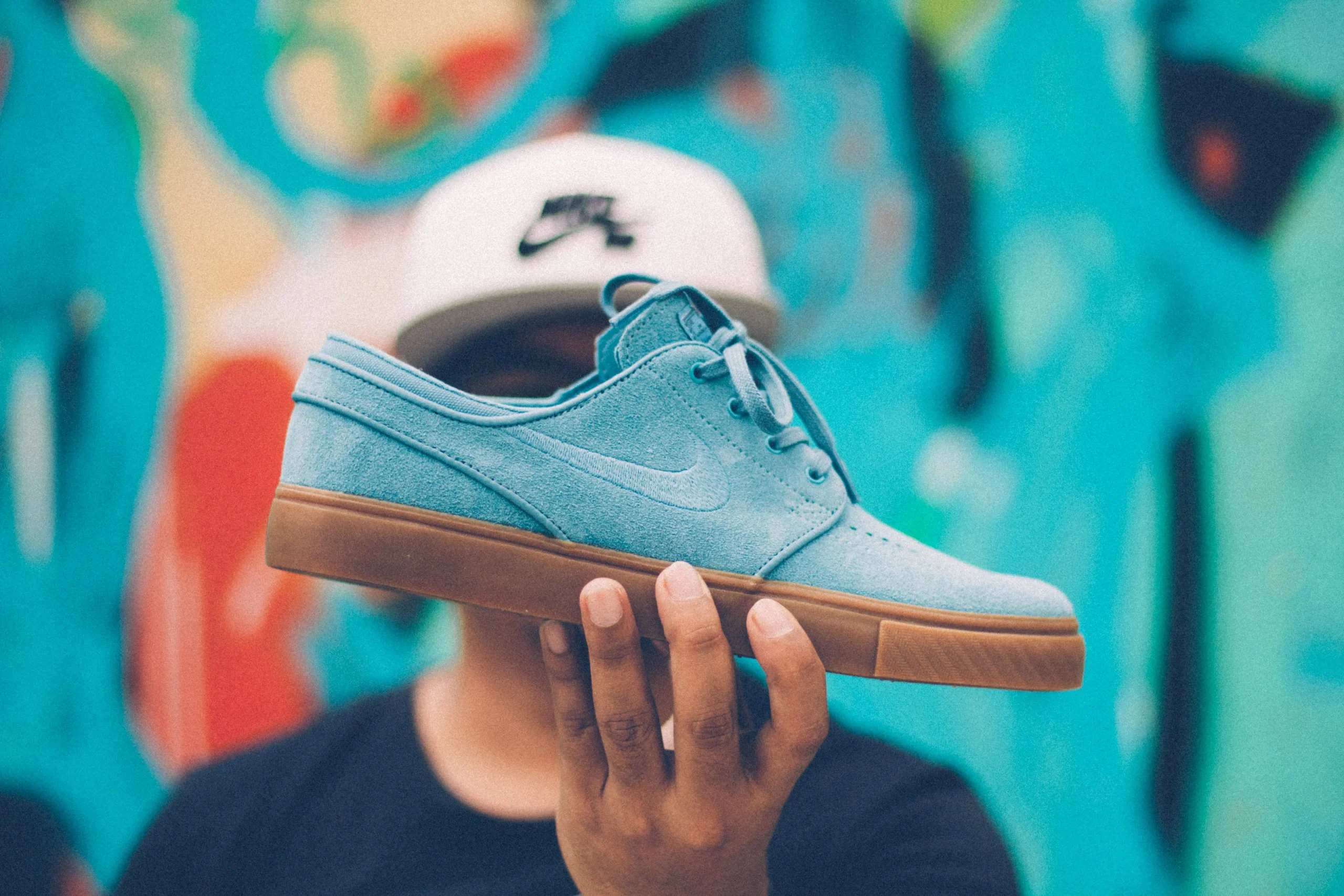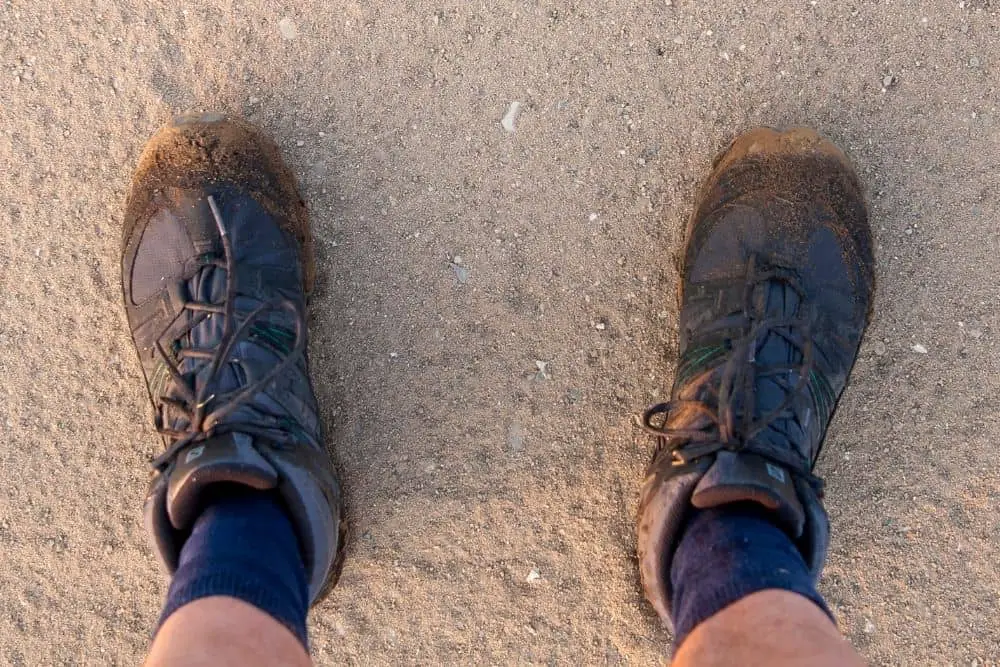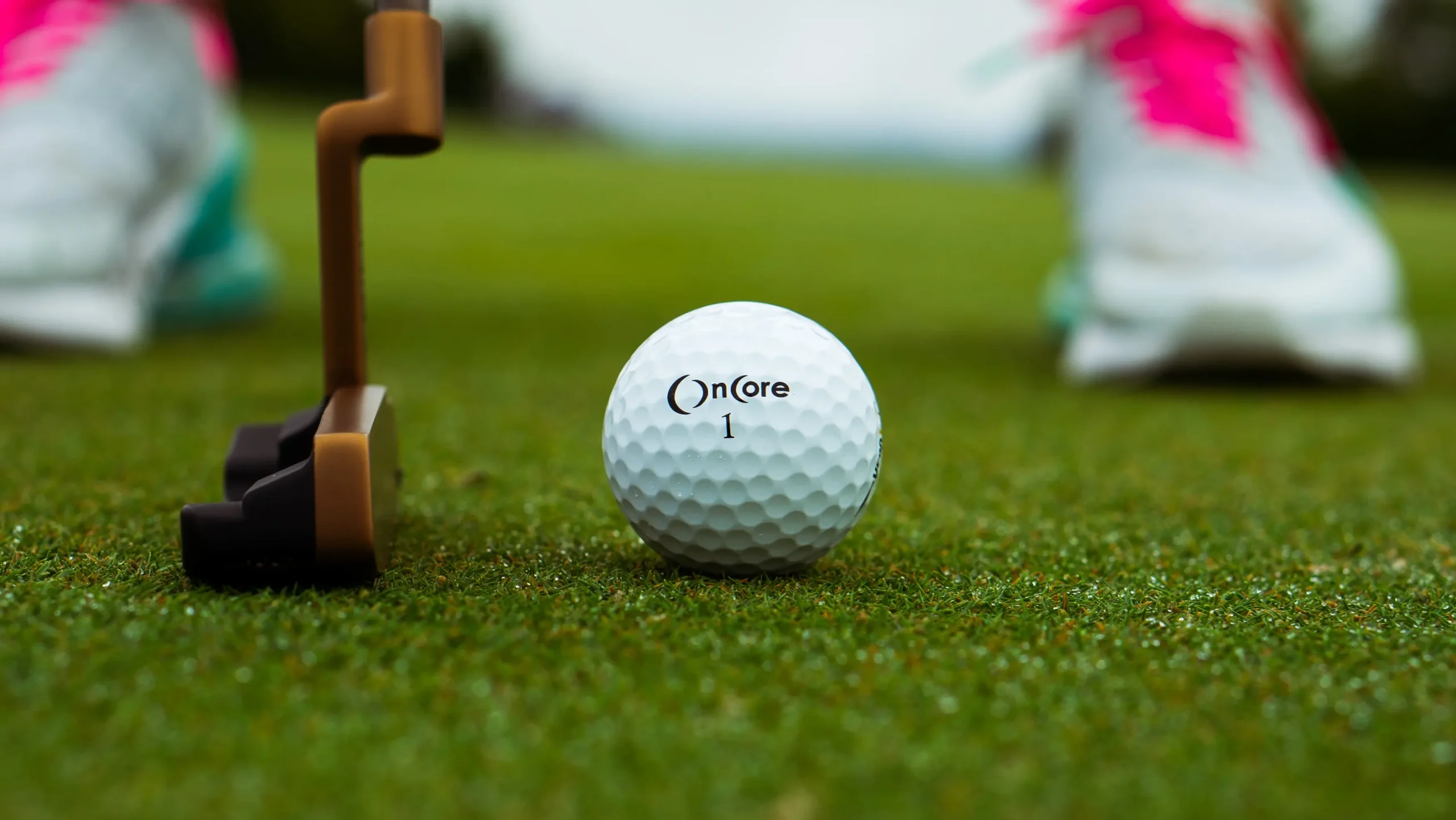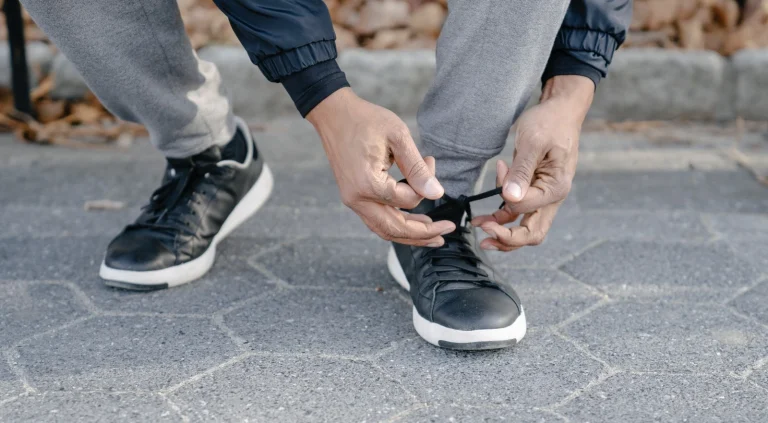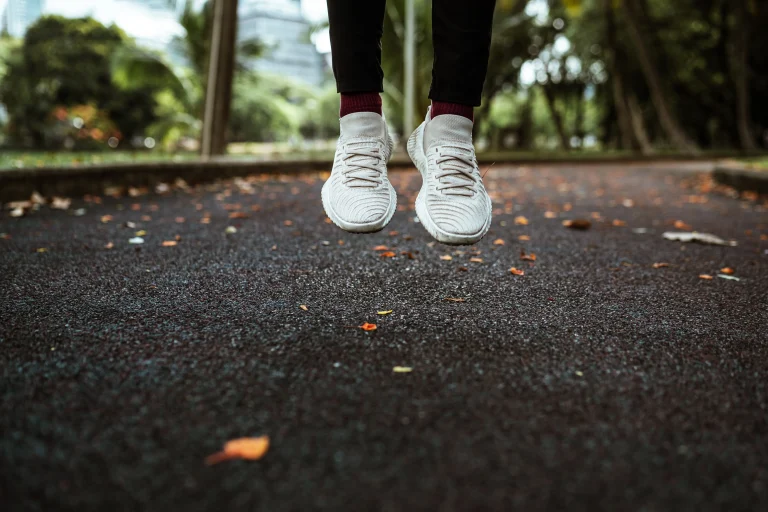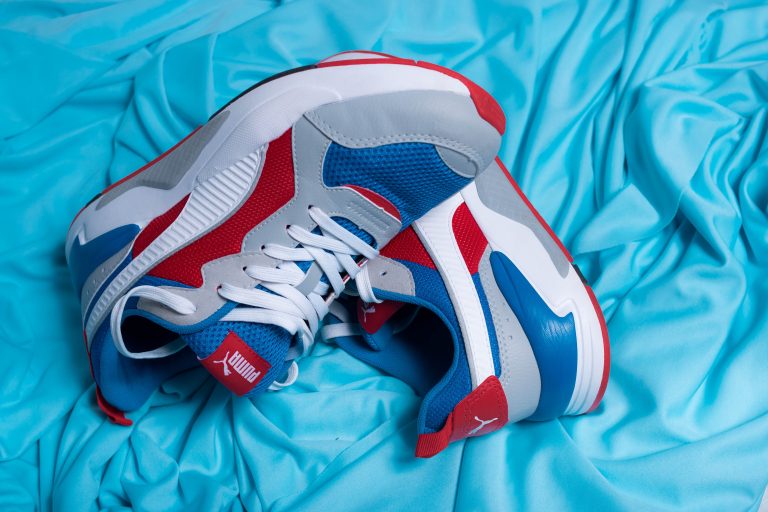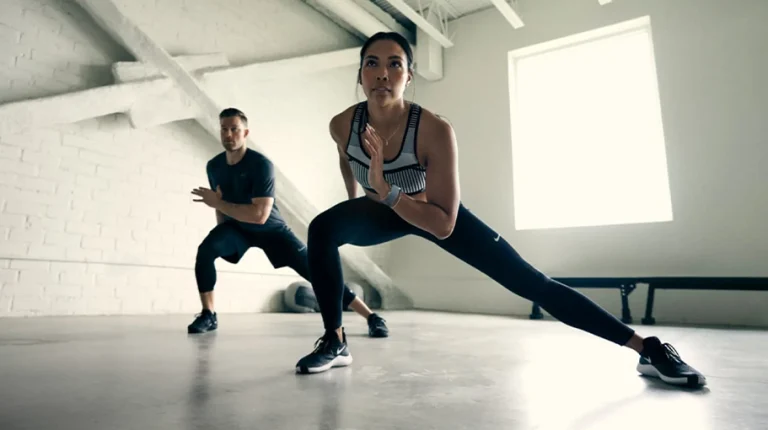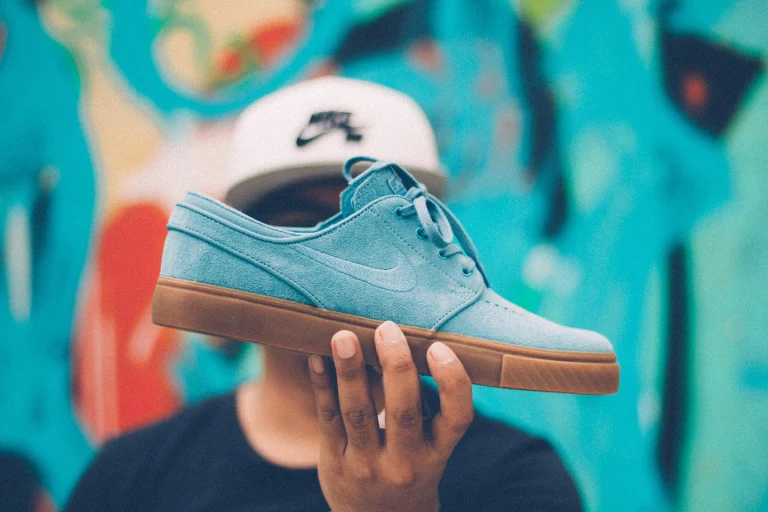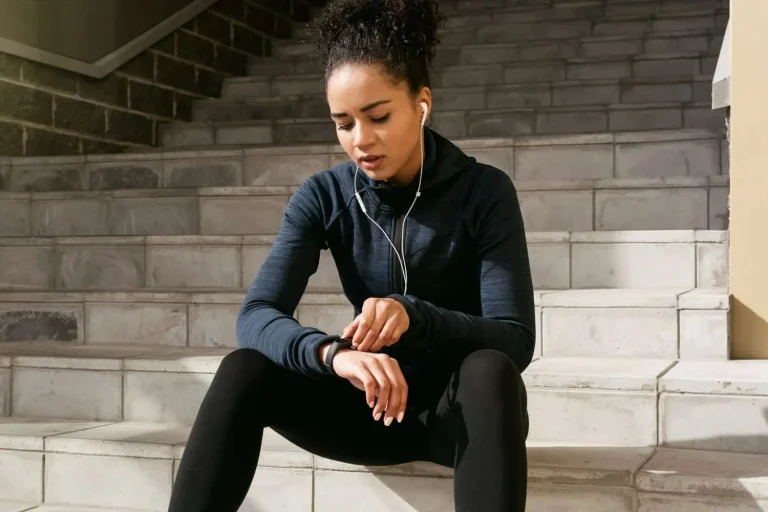How To Start Running Barefoot?
Are you fed up with thinking about how to start running barefoot? Do you feel the discomfort and limits of traditional running shoes? Do you wish to reconnect the earth with your feet? If so, it’s time to consider the liberating experience of barefoot running. Running barefoot not only allows your feet to move naturally but also strengthens the muscles and tendons, potentially reducing the risk of injuries.
In this blog post, we will walk through the process of moving to barefoot running, step by step. Whether you’re a seasoned runner or a complete beginner, as a sports shoe expert, I will provide you with the necessary information and tips to start running barefoot and enjoy the many benefits it offers.
The Benefits of Barefoot Running
It’s important to note that while barefoot running offers potential benefits, it may not be suitable for everyone. Individuals with pre-existing foot conditions, such as structural abnormalities or nerve damage, should consult with a healthcare professional before starting barefoot running.
It’s to transition gradually, listen to your body, and prioritize your foot health and overall well-being throughout the process.
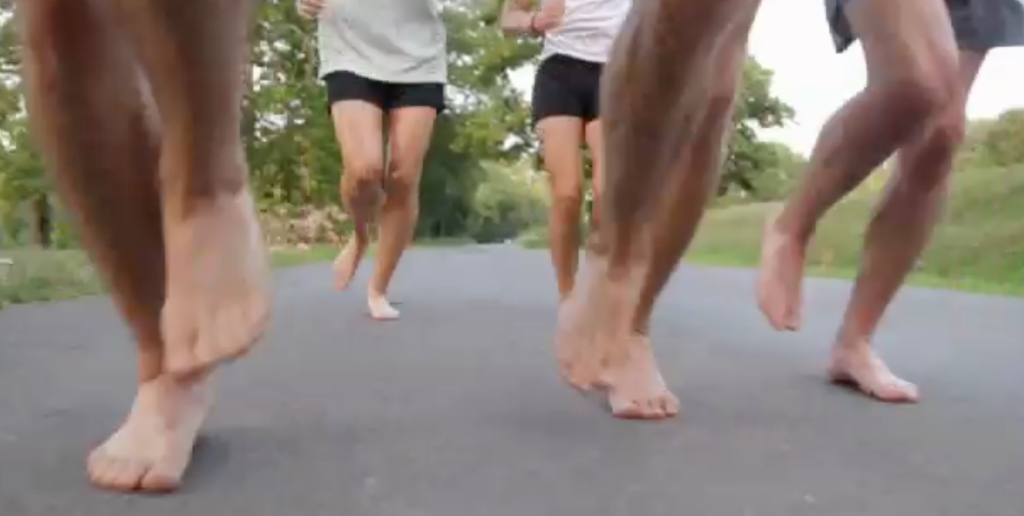
Strengthening of Foot Muscles
When running barefoot, the muscles in your feet are engaged more actively. The lack of cushioning and support in traditional running shoes allows the natural arches of your feet to work harder, which can lead to stronger foot muscles over time.
This increased strength can improve balance, stability, and overall foot health.
Improved Running Technique
Barefoot running encourages a more natural and efficient running technique. Without the cushioning and heel lift of traditional running shoes, runners tend to adopt a forefoot or midfoot strike pattern, landing softly and distributing the impact more evenly throughout the foot.
This can reduce the risk of injuries such as shin splints, plantar fasciitis, and knee pain.
Enhanced Proprioception
Proprioception refers to the body’s ability to sense its position and movement in space. By running barefoot, you can improve your proprioceptive feedback as the sensory receptors in your feet are more directly stimulated.
This can lead to better balance, coordination, and agility, both while running and in everyday activities.
Increased Sensory Feedback
When running barefoot, you are more connected to the ground and can feel the texture, temperature, and contours of the surface beneath you. This increased sensory feedback allows you to make adjustments in your stride and foot placement.
Reducing the risk of tripping or stumbling. It also enhances the overall sensory experience of running, making it more enjoyable for many people.
Potential Injury Prevention
While barefoot running is not a guarantee against injuries, it can potentially reduce the risk of certain running-related injuries. By strengthening the muscles in your feet and lower legs, you can improve your running technique.
By listening to your body’s signals, you may be able to avoid the common overuse injuries associated with running.
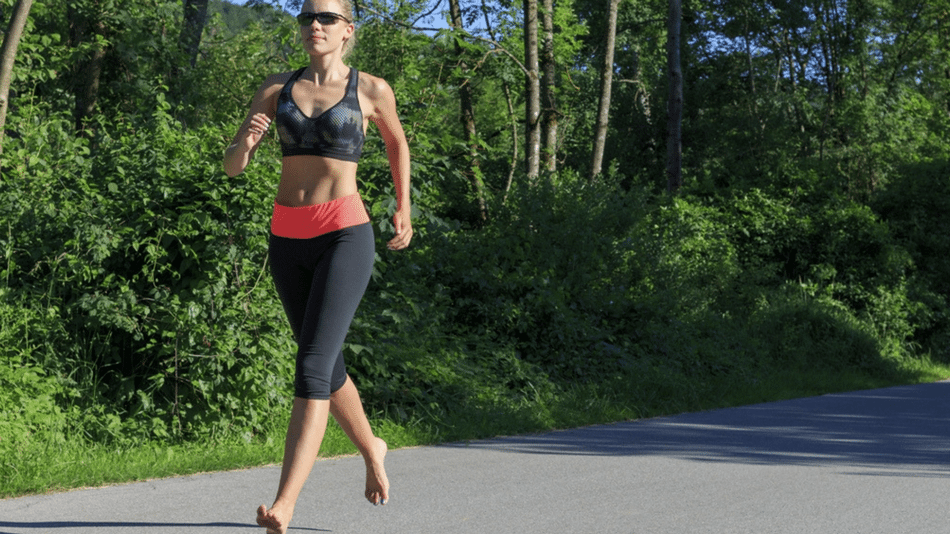
Cost-Effective and Environmentally Friendly
Barefoot running eliminates the need for expensive running shoes, as you can run without any footwear or opt for minimalist shoes.
This can save you money in the long run and reduce waste associated with shoe production and disposal.
Freedom and Connection with Nature
Barefoot running allows you to experience a greater sense of freedom and connection with the natural environment.
Feeling the earth beneath your feet and experiencing the elements directly can provide a unique and grounding running experience.
Read More: Can Running Shoes Go In The Dryer?
Read More: Are Running Shoes Good For Everyday Use?
Must Read: Best Running Shoes For Knee Pain
Must Read: Best Running Shoes For Achilles Tendonitis
Preparing Your Feet for Barefoot Running
Preparing your feet for barefoot running is important to ensuring a smooth and injury-free transition. Here are some detailed steps to help you prepare your feet:
Start with foot-strengthening Exercises
Before transitioning to barefoot running, it’s essential to strengthen the muscles in your feet and lower legs. Exercises like toe curls, toe spreads, calf raises, and ankle mobility exercises can help improve foot strength, flexibility, and stability.
Gradually increase the intensity and duration of these exercises over time.
Transfer Slowly
It’s important to slowly transition from running in traditional shoes to running barefoot. Start by incorporating short bouts of barefoot running into your regular runs. Begin with just a few minutes and gradually increase the duration over several weeks.
This allows your feet and muscles to adapt to the new demands gradually.
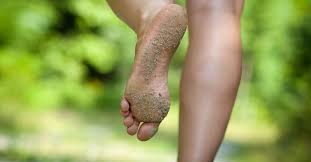
Choose the Right Track
When starting barefoot running, choose a soft and smooth track to run on, such as grass or a well-maintained trail. Avoid running on rough or uneven surfaces initially, as it can increase the risk of injuries.
As your feet adapt, you can gradually introduce more challenging terrain.
Focus on Proper Form
When running barefoot, it’s essential to pay attention to your running form. Aim for a forefoot or midfoot strike, landing softly and using the natural shock-absorbing mechanisms of your feet.
Keep your strides short and quick, and maintain an upright posture. Avoid overstriding, as it can increase the impact on your joints.
Listen to Your Body
Pay close attention to any discomfort or pain in your feet or lower legs during and after barefoot running. It’s normal to experience some muscle soreness as your feet adapt, but sharp or persistent pain should not be ignored.
If you experience any pain, reduce the duration or intensity of your barefoot running and give your feet time to recover.
Gradually Increase Mileage
As your feet become stronger and more adapted to barefoot running, you can gradually increase the mileage. However, it’s important to do so slowly to avoid overuse injuries.
Increase your mileage by no more than 10% each week, allowing your feet and muscles to adjust to the increased workload.
Consider minimalist shoes
If you find it challenging to transition directly to barefoot running, you can consider using minimalist shoes. These shoes provide a minimal amount of cushioning and support while still allowing your feet to move naturally.
They can be a helpful intermediate step before transitioning to completely barefoot running.
Take Rest Days
Just like any other form of exercise, it’s important to give your feet and muscles time to rest and recover. Include rest days in your training schedule and listen to your body’s signals.
If you experience persistent pain or discomfort, take additional rest days or consult with a healthcare professional.
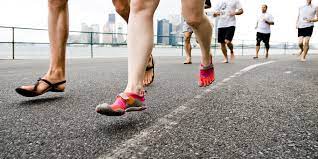
Choosing the Right Running Surface
Choosing the right running surface is important for both comfort and injury prevention. Here are some factors to consider when selecting the most suitable running surface for your needs:
Concrete
Running on concrete is common in urban areas. It provides a firm and stable surface, but it can be hard and unforgiving, leading to increased impact on your joints.
If you choose to run on pavement, look for areas with smoother surfaces, such as sidewalks or running paths, to minimize the risk of tripping or stumbling.
Trails
Trail running offers a softer and more forgiving surface compared to pavement. Running on natural trails can provide more varied and challenging terrain, which can help improve balance, coordination, and strength.
However, trails can also be uneven and have obstacles like rocks, roots, or branches, so it’s important to be cautious and choose well-maintained trails.
Grass
Running on grass provides a cushioned and low-impact surface, making it an excellent option for beginners or those recovering from injuries. It offers a more forgiving surface for your joints and can help strengthen the muscles in your feet and lower legs.
However, be aware that running on wet or uneven grass can increase the risk of slipping or twisting an ankle.
Track
Running on a track, typically made of synthetic materials like rubber, offers a consistent and shock-absorbing surface. It provides good traction and is generally easier on your joints compared to concrete or pavement.
Tracks are ideal for speed workouts or interval training, as they allow you to measure distances accurately.
Sand/Beach
Start Running barefoot on sand, particularly on the beach, provides a challenging and unstable surface that engages different muscles in your feet and legs. It requires more effort due to the resistance, making it an excellent option for building strength and endurance.
Running on sand can also increase the risk of overuse injuries, so it’s important to gradually increase your mileage and listen to your body.
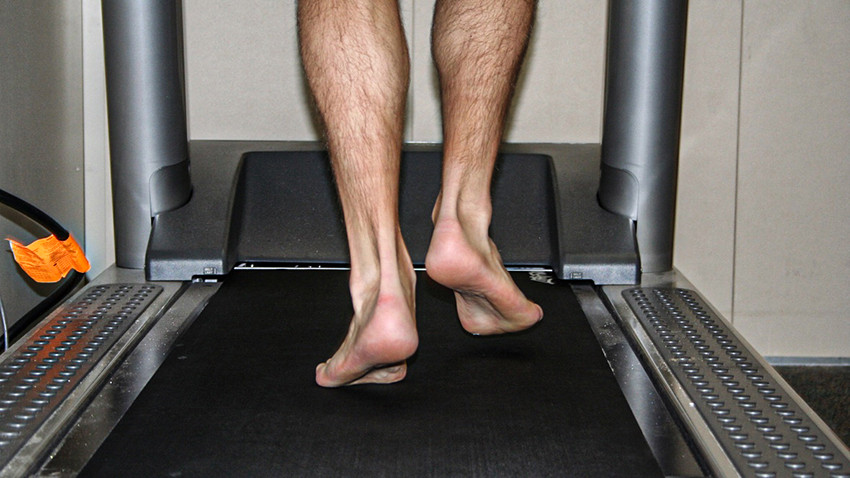
Treadmill
Treadmill running offers a controlled and cushioned surface that can be beneficial for those recovering from injuries or during inclement weather. It allows you to adjust the speed and incline, making it suitable for specific training purposes.
However, running on a treadmill lacks the natural variations and challenges of outdoor surfaces, so it’s important to incorporate outdoor running whenever possible.
Transitioning Gradually When Starting Barefoot Running
Transitioning gradually when starting barefoot running or changing running surfaces is crucial to give your body time to adapt and reduce the risk of injuries. Here’s a detailed explanation of how to transition gradually:
Start with short Distances
Begin by incorporating short barefoot running segments into your regular runs. For example, start with just 5–10 minutes of barefoot running at the beginning or end of your run.
This allows your feet and muscles to gradually adjust to the new demands of running without shoes or on a different surface.
Increase Time and Frequency
As your feet adapt and become stronger, gradually increase the duration and frequency of your barefoot running sessions. Add a few minutes each week until you’re comfortable running barefoot for the majority of your run.
Aim for a gradual progression over several weeks or even months, depending on your fitness level and how your body responds.
Alternate Surfaces
If you’re transitioning to a different running surface, such as from pavement to trails, alternate between the two surfaces initially. This allows your body to gradually adapt to the differences in impact and muscle engagement.
Start with shorter runs on the new surface and gradually increase the time spent running on it.
Monitor Your Body’s Response
Pay close attention to how your body responds to changes in running surface or running without shoes. It’s normal to experience some muscle soreness or fatigue as your body adapts, but sharp or persistent pain should not be ignored.
If you experience any pain, reduce the duration or intensity of your barefoot running or switch back to your previous running surface until your body adjusts.
Strengthen Your Feet and Lower Legs
Incorporate exercises that specifically target the muscles in your feet and lower legs to help strengthen them for barefoot running or different surfaces. Exercises like toe curls, calf raises, and ankle stability exercises can help improve the strength and stability of these muscles.
Gradually increase the intensity and difficulty of these exercises over time.
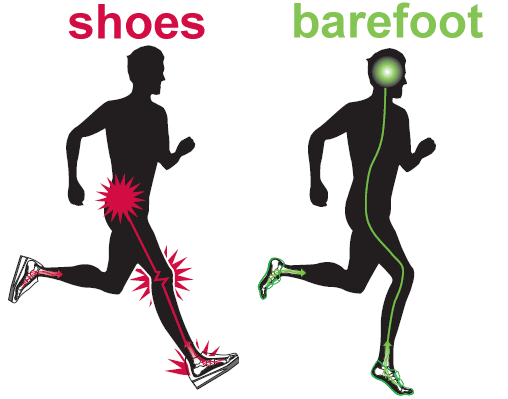
Listen to Your Body
Your body knows best, so listen to the signals it gives you. If you feel excessive fatigue, pain, or discomfort during or after your runs, it’s essential to take a step back and reassess your training approach.
Give your body enough time to recover and adjust before progressing further.
Seek Professional Guidance
If you’re unsure about how to transition gradually or if you’re experiencing persistent pain or discomfort, consider seeking guidance from a running coach or a healthcare professional.
They can provide personalized advice and help you create a safe and effective transition plan based on your individual needs and goals.
Develop Proper Technique For Barefoot Running
Developing a proper barefoot running technique is essential to minimizing the risk of injuries and maximizing the benefits of running without shoes.
Here’s a detailed explanation of how to develop a proper barefoot running technique:
Start Slowly
Begin by running barefoot on a soft and flat surface, such as grass or a track. Start with short distances and gradually increase your mileage over time. This allows your feet and muscles to adapt to the new demands of running without shoes.
Focus on Posture
Maintain an upright posture while running. Keep your head up, shoulders relaxed, and core engaged. Avoid leaning forward or backward, as this can put unnecessary stress on your joints and muscles.
Shorten Your Speed
Take shorter and quicker speed compared to running with shoes. This helps reduce the impact on your feet and lower legs and encourages a more efficient running form. Aim for a cadence of around 180 steps per minute.
Land Midfoot
Aim to land on the midfoot or forefoot rather than the heel. This promotes a more natural and efficient running gait, as it allows your feet to absorb shock and utilize the natural spring-like mechanism of the arches.
Avoid over-striding and landing with a heavy heel strike, as it can lead to excessive impact and potential injuries.
Develop a light and quiet foot strike
Strive for a light and quiet foot strike. Focus on landing softly and silently, as this indicates that you’re using your muscles and tendons to absorb the impact rather than relying on cushioning from shoes.
This can help reduce stress on your joints and minimize the risk of overuse injuries.
Engage Your Core and Hips
Maintain a strong and stable core while running. Engage your abdominal muscles and glutes to provide stability and support for your body. This helps improve your running form and efficiency.
Increase Foot Strength
Barefoot running can help strengthen the muscles in your feet and lower legs. However, it’s important to gradually build up the strength of these muscles to avoid overuse injuries.
Consider incorporating foot and lower leg exercises, such as toe curls, calf raises, and ankle stability exercises, into your training routine.
discomfort or pain
Pay attention to any discomfort or pain during or after your barefoot runs. If you experience persistent pain or discomfort, it’s important to assess your running technique and make adjustments if necessary.
Consider seeking guidance from a running coach or healthcare professional if you’re unsure about your technique or experiencing ongoing issues.
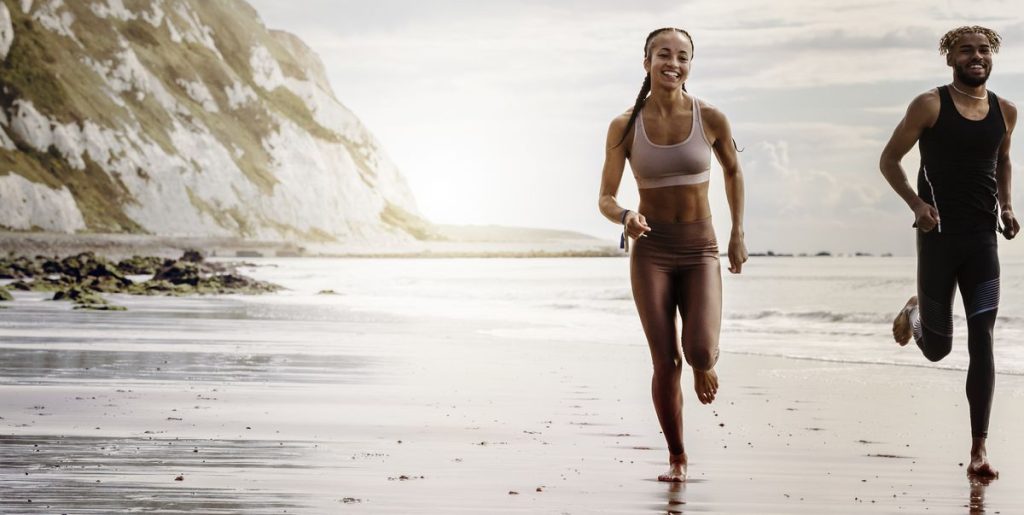
Safety Tips for Barefoot Running
Here are some essential tips to keep in mind as you start running barefoot:
- Start with short distances and gradually increase your mileage.
- Pay attention to your body’s signals and take rest days when needed.
- Consider minimalist shoes or toe shoes as a transition option.
- Regularly check your feet for any signs of blisters or hotspots.
- Strengthen your feet and lower legs through targeted exercises.
- Stay hydrated and maintain a balanced diet to support your body’s recovery.
Common Mistakes to Avoid
When transitioning to barefoot running, it’s important to be aware of common mistakes that can hinder your progress and increase the risk of injury.
Here are some common mistakes to avoid:
Doing Too Much Too Soon
One of the biggest mistakes is rushing the transition process. Running barefoot or with minimalist shoes requires a period of adaptation for your feet and lower legs.
Starting with too much mileage or intensity too soon can lead to overuse injuries such as stress fractures or tendonitis.
Gradually increase your barefoot running distance and intensity over time to allow your body to adjust.
Neglecting Proper Warm-up and cool-down
Just like with any form of running, it’s essential to warm up before your barefoot runs and cool down afterward. Warm-up exercises, such as dynamic stretches and mobility drills, help prepare your muscles and joints for the demands of running.
Cooling down with static stretches and foam rolling can aid in recovery and reduce post-run muscle soreness.
Overstriding and Heel Striking
Overstriding, where your foot lands in front of your body, and heel striking, where your heel hits the ground first, can increase the impact on your joints and increase the risk of injuries.
Instead, focus on a shorter stride length and landing on the midfoot or forefoot. This promotes a more efficient and natural running gait.
Ignoring Pain or Discomfort
It’s crucial to listen to your body and not ignore any pain or discomfort. While some muscle soreness is normal during the transition period, sharp or persistent pain should not be ignored.
If you experience pain, reduce your mileage or intensity and allow for proper rest and recovery. If the pain persists, seek guidance from a healthcare professional.
Failing to Strengthen Supporting Muscles
Barefoot running engages different muscles compared to running with shoes. Neglecting to strengthen the supporting muscles in your feet and lower legs can lead to imbalances and potential injuries.
Incorporate exercises that target these muscles, such as toe curls, calf raises, and ankle stability exercises, into your training routine.

Not Paying Attention to Running Surfaces
Different surfaces can have varying impacts on your body. Transitioning from a cushioned surface like pavement to a harder surface like concrete or trails can increase the stress on your feet and lower legs.
Gradually introduce different surfaces into your training and be mindful of any changes in impact. Avoid running on extremely rough or rocky terrain until your feet and lower legs have adapted.
Neglecting Foot Care
Barefoot running exposes your feet to more direct contact with the ground, so it’s important to take care of them. Regularly inspect your feet for any cuts, blisters, or hotspots. Keep your feet clean and dry to prevent infections.
Consider using foot creams or balms to keep your skin moisturized and prevent dryness or cracking.
Conclusion
Embracing barefoot running can be a transformative experience, offering numerous benefits and a newfound sense of freedom. By following the gradual transition process, developing proper technique, and listening to your body, you can enjoy the rewards of running without the constraints of traditional footwear. Remember, patience is key, and it’s important to prioritize your foot health and overall well-being throughout the journey. So, lace up your shoes (or go shoeless) and start your barefoot running adventure today!

